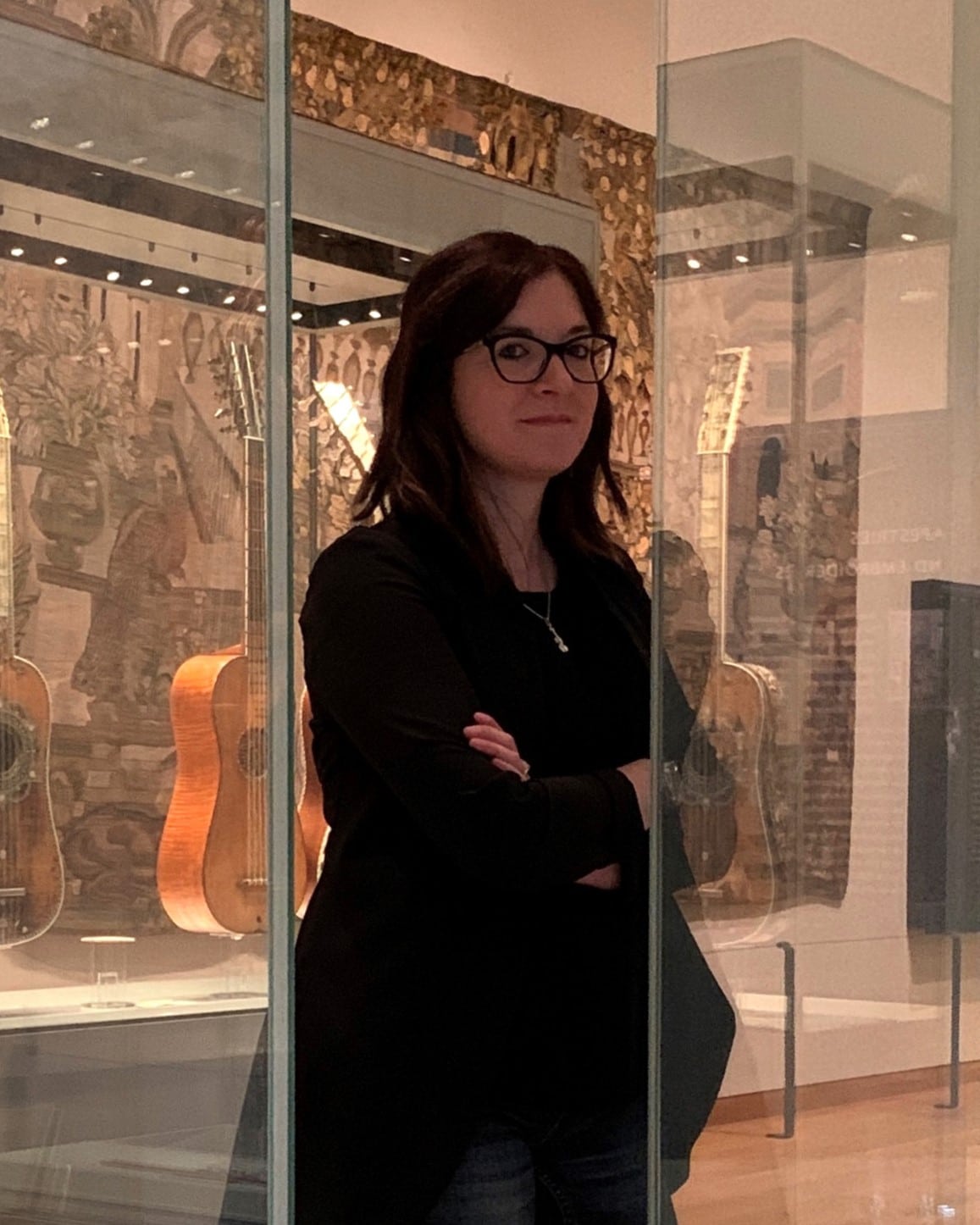
Dr Emanuela Vai
Senior Research Fellow and Head of Research (Humanities)
Head of the Bate Collection of Musical Instruments
Education
BA MMus MEd (Cambridge), MPhil PhD (St Andrews)
I am Head of Research (Humanities) and Senior Research Fellow at Worcester College, Hill Collection of Musical Instruments at the Ashmolean Museum; and I lead on all conservation, research and curatorial aspects at the Bate Collection of Musical Instruments at the University of Oxford. Previously, I have held positions at the University of Oxford as Scott Opler Fellow; at the University of Cambridge; at the Centre for Renaissance and Early Modern Studies at the University of York (CREMS); at the Centre d’études supérieures de la Renaissance de Tours (CESR); and at the Harvard Centre for Italian Renaissance Studies at Villa I Tatti, where I was Hanna Kiel Fellow.
My work has received the support of fellowships and grants from the British Academy, the Society for Renaissance Studies, the Royal Historical Society, the Renaissance Society of America, the Kress Foundation, the École Pratique des Hautes Études, the Academia Belgica and the Newton Trust at the University of Cambridge, among others.
I champion the public engagement of academic research, working across a diversity of cultural heritage and digital humanities projects, serving as consultant and advisor for international institutions and associations, with the aim of building and improving partnerships between academia, policy and industry for the study and preservation of tangible and intangible culture. I have appeared on several radio shows on these topics.
I also act as a mentor for early career researchers, and I serve as an advisory member for international cultural heritage projects in Europe and the US. At Oxford, I continue to serve as the Research Staff Representative for the Humanities Division and the Conference of Colleges, and I sit on the Humanities Research Committee and Divisional Board, as well as on Governing Body at Worcester College.
I am the Director in Humanities at AISUK, with the aim of promoting scientific collaborations between Italian and British academic institutions and research centres in the public and private sector, through scientific events and other initiatives such as mentoring and support for graduate students and junior researchers.
- Early Modern Music and Material Culture
- Early Modern History
- Museums, Musical Instruments and Material Culture
I am a cultural historian and digital humanities scholar working at the intersection of Early Modern History, Built Environment, Music, and Material Culture Studies. My research is located at the interdisciplinary intersection of art history, architectural history and music history and my publications focus on musical instruments, soundscapes, space and the senses in Renaissance social life. My work combines the analysis of historical materials with 3D virtual modelling, GIS platforms and acoustic analyses, to investigate the relationship between art, music, space and the senses in the Renaissance.
I am the founder and academic lead of the Digital Humanities and Sensory Heritage Network: Space, Objects and the Senses at TORCH, an interdisciplinary team of scholars working on digital humanities, musical instruments, space and sound from a variety of perspectives and across disciplines; and exploring the benefits and limitations of digital humanities methods for approaching and understanding historical sources, material objects and cultural heritage.
I am currently working on two main projects. The first explores the multiple sensory registers through which performative urban events and rituals were encountered and experienced in Early Modern Confraternities in the Venetian Terraferma. My second project, a monograph entitled Fantastic, Monstrous and Marvellous Musical Instruments of the Global Renaissance, explores the carvings of human and nonhuman figures, monsters and grotesque creatures on the scrolls and headstocks of stringed musical instruments. This work, based at the Ashmolean Museum at Oxford, has been funded by the British Academy/Leverhulme Trust and the EU Commission, and constitutes the first comprehensive study of these decorative elements, exploring what they say about the visual, material and non-auditory dimensions of Renaissance music culture.








